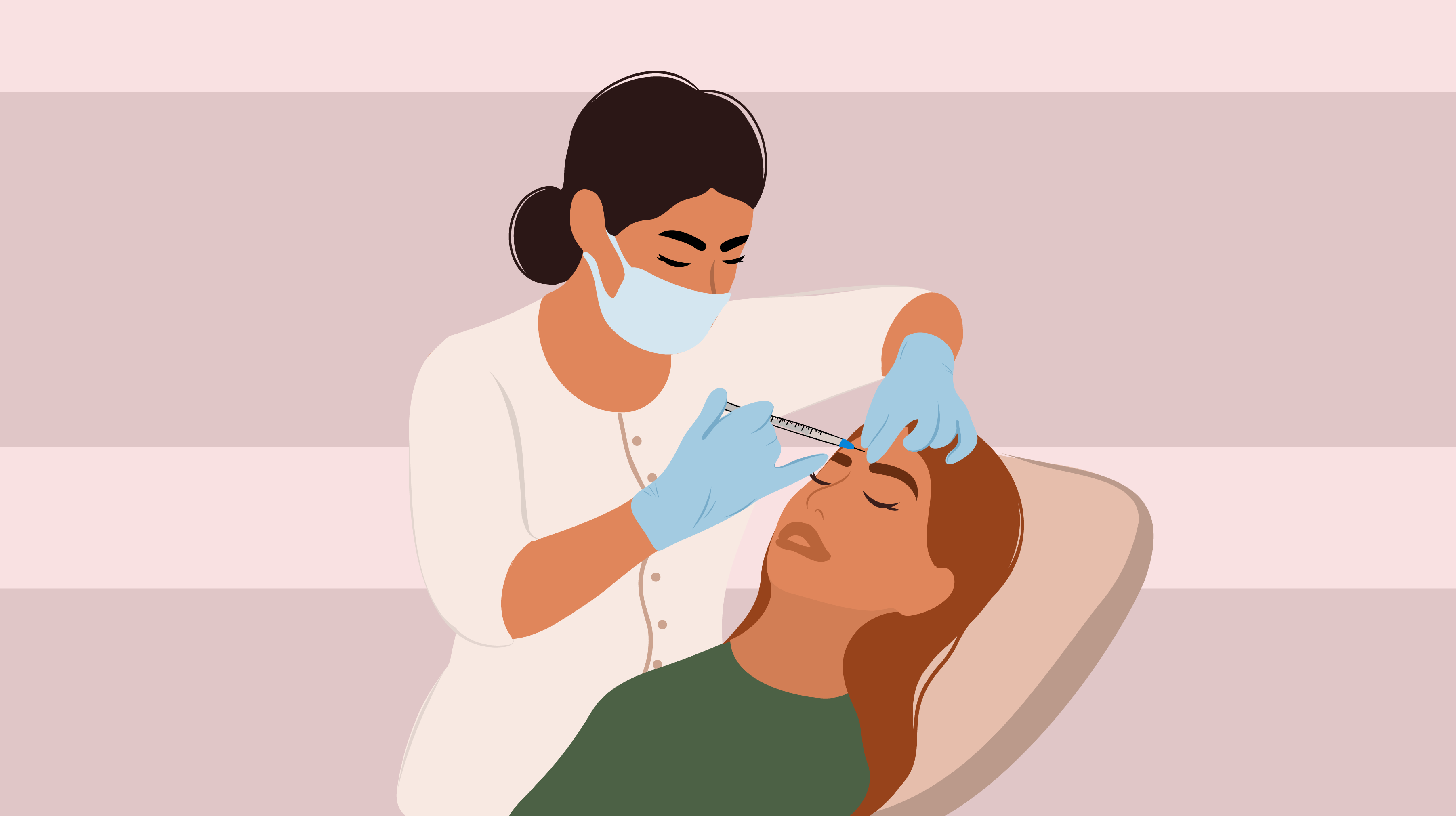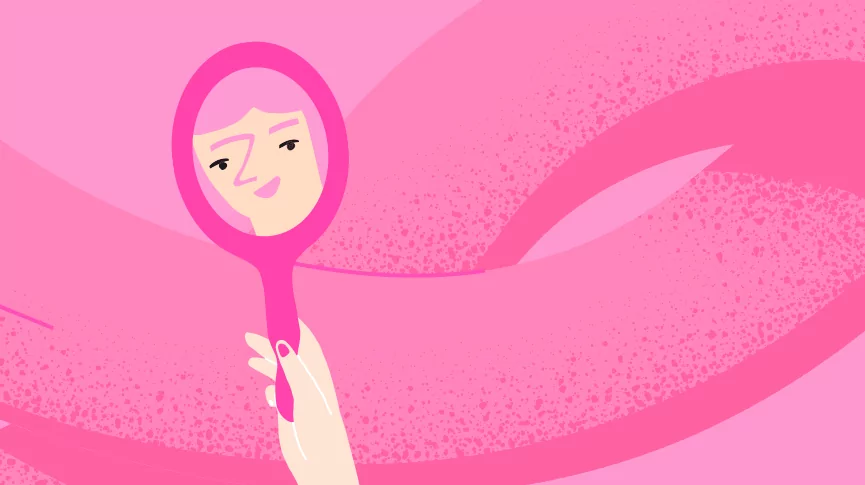How Medical Botox Can Help You

Botox injections consist of specific shots of a type of toxin that temporarily paralyzes a muscle, preventing it from moving for a period of time.
When most people think about Botox, they tend to think only of the aesthetic side. While Botox is certainly popular for fighting wrinkles, it has also long been used by medical providers to ease a variety of conditions, from sweating and neck spasms to overactive bladders and lazy eyes.
Here are some ways that medical Botox may help you.
What Is Botox?
Botox is made from the bacterium Clostridium botulinum. The toxin that this bacterium produces also causes a highly dangerous kind of food poisoning known as botulism. When injected in tiny quantities by a licensed medical provider, it is safe and has virtually no downtime and few side effects.
Botox injections block certain nerves, weakening or paralyzing muscles at the injection site for around three to twelve months, depending on what it is used to treat. Common side effects include swelling, pain, or bruising at the injection site, though these side effects should go away within a few hours or days. Pregnant or breastfeeding women should not use Botox.
Medical Conditions Treated With Botox
Muscle Spasms
Spacstic, or stiff muscles are muscles that are too tight and contract in an uncontrolled way, causing pain and discomfort. Botox can be used to treat a variety of muscle spasms by relaxing the muscle and causing it to quit jerking.
Neck spasms, for example, in which the neck muscles uncontrollably contract and cause the head to turn or twist into uncomfortable positions (also known as cervical dystonia) may be treated with Botox injections. Certain nervous system conditions such as cerebral palsy can also cause limbs to pull uncontrollably towards the body.
Lazy Eye
Amblyopia, commonly referred to as “lazy eye,” is a condition where the eye and brain don’t work together properly, impairing vision. The brain doesn’t interpret what the eye sees due to poor vision in one (or very rarely both) eye(s), which may be due to another eye condition.
Typically only one eye is affected, and vision in the affected eye worsens over time as the brain will start depending more and more on the stronger eye for visual guidance. Strabismus is another eye condition where the eyes are not aligned, and the “lazy” eye drifts in another direction from the healthy eye due to an abnormal muscle movement or signal interpretation.
People who have strabismus may develop amblyopia as the brain relies more on the properly-aligned eye. For some cases of lazy eye due to strabismus, your doctor may use Botox to stop individual muscles around the eye from working, so the eyes become more aligned and vision improves. A common side effect of using Botox to treat strabismus is eyelid drooping, as the muscles that hold the eyelid up are paralyzed.
Jaw Or Teeth Grinding
Do you find yourself grinding your teeth or clenching your jaw constantly? This is known as bruxism, a condition where the sufferer consistently and involuntarily tenses their jaw muscles. This can happen either during your waking or sleeping hours. Over time, a range of symptoms may occur, such as:
- Tension headaches and migraines
- Damage to tooth enamel
- Clicking or tightening of the jaw muscles so that it is painful or difficult to open your jaw all the way (lockjaw)
- Earaches
- Gum or tooth sensitivity
The jawline may also change as the muscles along your jawline enlarge. Botox injections into the masseter or temporalis muscles, which are the main muscles around the jawline that contract while chewing, relaxes the muscles and releases tension in the jaw from constant clenching. It also has the additional benefit of reducing a severely square jawline that results from hypertrophy of the masseter muscles.
Although the FDA hasn’t officially approved Botox for bruxism, there is plenty of positive anecdotal evidence from doctors who have achieved good results with botox injections to relax the masseter muscles. Patients normally start noticing symptoms of bruxism abating a few days after treatment, and results normally last around three months. If you’re happy with the results, you can ask your doctor to repeat the procedure when effects start wearing off.
Excessive Sweating
Excessive sweating, or hyperhidrosis, is a condition of overactive sweat glands. People with hyperhidrosis sweat even if there aren’t normal triggers like exercise or an increase in external or internal temperature. Commonly affected body parts include armpits, palms, head, face, chest, and soles of the feet.
Secondary hyperhidrosis is associated with certain conditions like Parkinson’s disease, menopauses, an overactive thyroid gland, or low blood sugar. Scientists don’t fully understand the reasons behind this disorder, though it may be linked to a malfunction of the sympathetic nervous system which acts as the body’s thermostat.
While hyperhidrosis is typically more of a cosmetic issue, excessive sweating can be embarrassing or inconvenient. Botox can be used to mute nerve impulses associated with sweating and Botox injections are often used to manage primary hyperhidrosis after topical treatments have been exhausted. Results usually start becoming apparent three or four days after injections, and can last up to six months depending on the area being treated.

Clara Wang is a freelance writer based in Nashville, TN but often found abroad. She mostly muses about the three best things in life: Food, sex, and music. Her work has been featured in publications such as Eater Austin, Eater Nashville, Giddy, Buzzfeed, Refinery29, the Austin Chronicle, the Austin American Statesman, and the Daily Dot.


